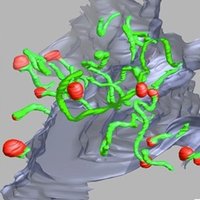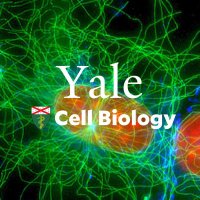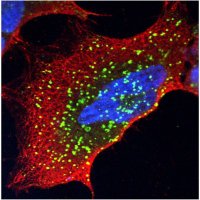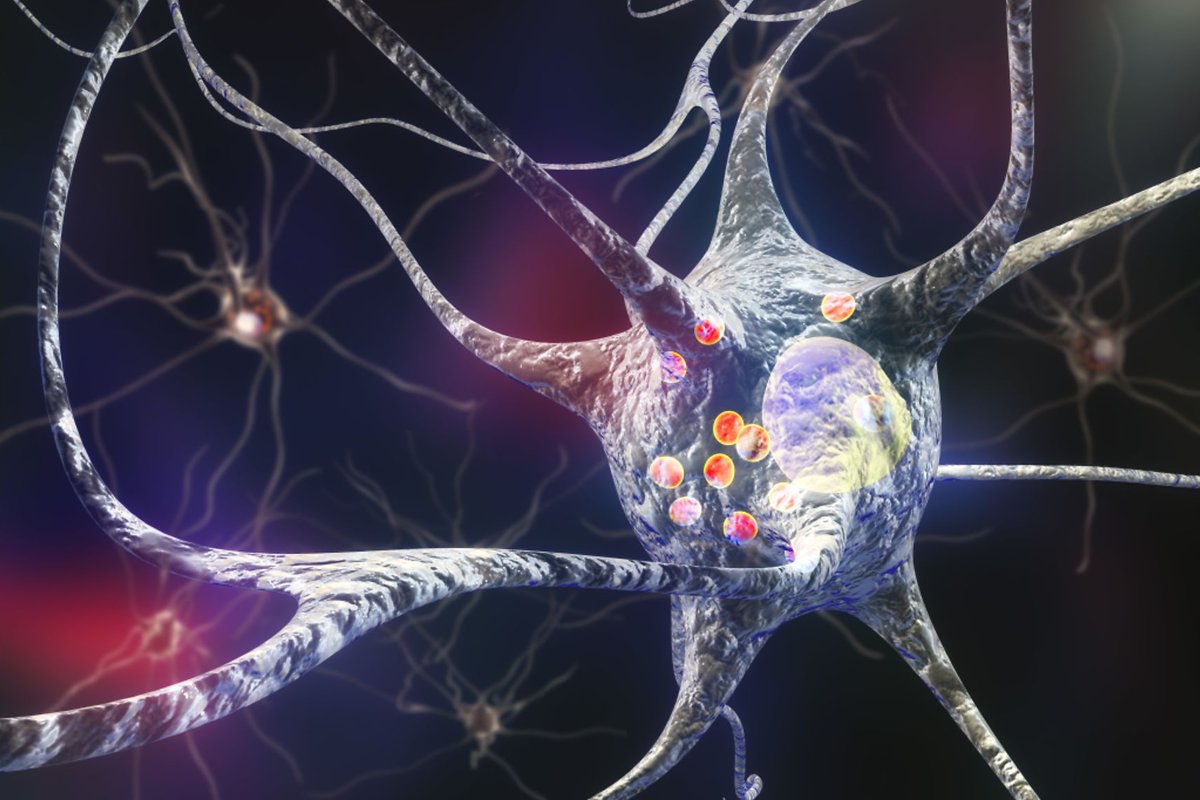
Xinbo Wang
@xinbowang8
BE YOURSELF
ID: 1245129113821724677
31-03-2020 23:21:47
17 Tweet
35 Followers
98 Following



We'd like to give a big shoutout to William Hancock-Cerutti, ASAP's November Network Spotlight! As an alum of De Camilli Lab at Yale University, his #research helped understand the involvement of protein-mediated lipid transfer between organelles. Learn more about Will: parkinsonsroadmap.org/network-spotli…



Now we name TMEM249 as CATSPERθ and reveal many of its secrets in the CatSper channel assembly, trafficking and sperm motility! Great collaboration with Riccardo Percudani 🐳 and Ikawa (not on Tweeter) labs. biorxiv.org/content/10.110…

Mutations in LRRK2 are likely causative of Parkinson's Disease but LRRK2's function remains elusive. Exciting new work from Xinbo Wang from De Camilli Lab show a remarkable membrane remodeling activity! pnas.org/doi/10.1073/pn…



Lipid transfer from the ER by Vps13 proteins is a key part of the cellular response to lysosome damage - see new work from De Camilli Lab in collab with @Shawn__Ferguson: biorxiv.org/content/10.110…


Johnson et al. De Camilli Lab Yale Neuroscience show that the ER-anchored lipid transfer protein TMEM24/C2CD2L & its paralog C2CD2 mediate ER–plasma membrane junctions at cell–cell contacts by interacting w/ band 4.1 proteins & indirectly w/ cell adhesion proteins hubs.la/Q02LK29G0


A complex of the lipid transport ER proteins TMEM24 and C2CD2 with band 4.1 at cell-cell contacts. New study from Ben Johnson, Pietro De Camilli De Camilli Lab and colleagues Yale Neuroscience: hubs.la/Q02LK1Nt0 #Membrane #lipid #CellSignaling #Neuroscience #ER_literature


.Berrak Ugur et al De Camilli Lab Yale Cell Biology Yale Neuroscience characterize the bridge-like lipid transfer protein VPS13B & report its localization btwn #Golgi cisternae & its impact on Golgi complex reformation after BFA-induced dispersion. hubs.la/Q02Rm3lt0 Florian Schueder @MLeonzino

YSM teams led by Thomas Biederer, PhD, Pietro De Camilli, MD, and Clemens Scherzer, MD, will use three new #grants, awarded by Aligning Science Across Parkinson’s in partnership with michaeljfox.org, to advance understanding of, and future treatments for, #ParkinsonsDisease. brnw.ch/21wOSFB


A STING–CASM–GABARAP pathway activates LRRK2 at #lysosomes, say Amanda Bentley-DeSousa (@abentleydesousa ), Agnes Roczniak-Ferguson, and Shawn Ferguson (@Shawn__Ferguson) Yale School of Medicine: hubs.la/Q032HgqG0 #Disease #CellSignaling #Organelles #Parkinsons


In a recent study published in Nature Cell Biology, a Yale Neuroscience team says mutations in #genes responsible for regulating the lysosome – the "trash can" of the #cell – may result in the leakage of toxic substances in brain cells, leading to #Parkinson's disease onset.

